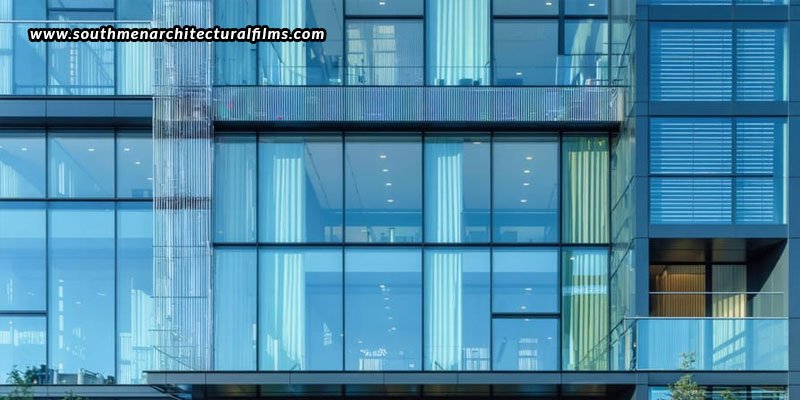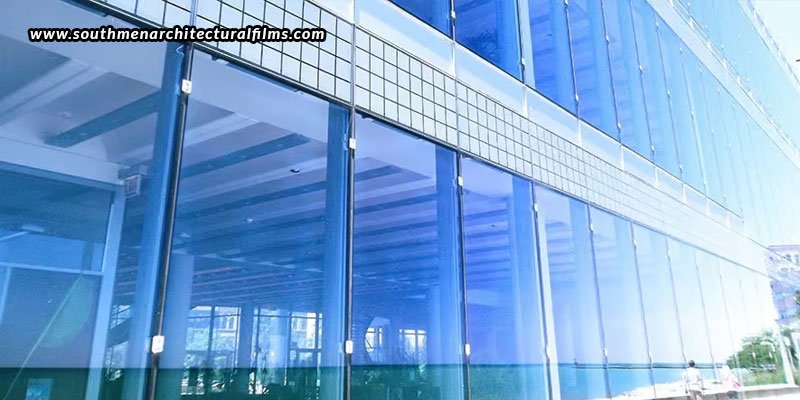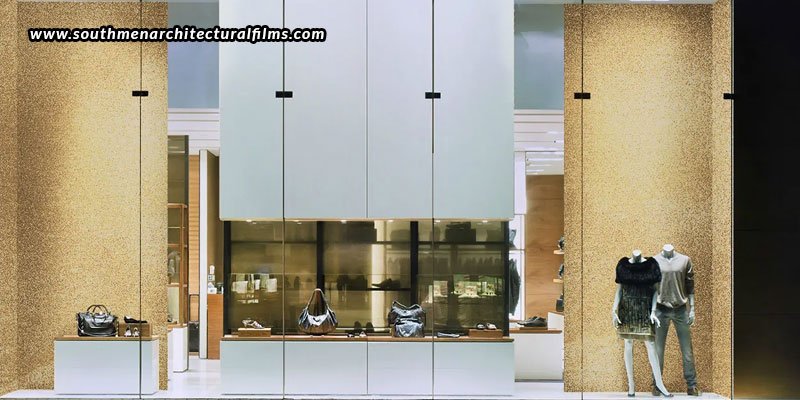There has never been a more important time for sustainable design as the world struggles with growing environmental issues today. In order to ensure that buildings serve their occupants while also respecting the environment, sustainable building design seeks to minimize the environmental effect of both construction and operation. Solar window glazing is one of the key variables influencing this move towards environmentally friendly design. This approach is essential for reducing carbon emissions, increasing building efficiency, and consuming less energy. This blog will examine how solar window glazing fits into sustainable construction, emphasizing current developments in green building practices and the ways that solar glazing helps to preserve the environment.
Understanding sustainable architecture
Sustainable architecture focuses on building structures that are resource conscious and environmentally conscious at every stage of their lives, from planning and development to operation and decommissioning. The objective is to build structures that are low-impact on the environment, visually beautiful, water- and energy-efficient, and constructed using sustainable materials. A few of the fundamental ideas are choosing sustainable or recycled materials, conserving water with low-flow fixtures and rainwater collection, lowering the consumption of energy with smart technologies and renewable energy sources, and improving indoor environmental quality with better air quality, natural lighting, and thermal comfort.
The role of solar window glazing in sustainable building design
One technique that is becoming more and more important in sustainable building is solar window glazing. In order to control how much solar radiation enters or exits a building, specialized coatings or films are applied to glass surfaces. Solar glazing reduces the need for artificial heating and cooling, which in turn reduces energy consumption, by regulating solar heat intake and loss and assisting in the maintenance of a stable interior climate.
- Energy efficiency and carbon footprint reduction
A major advantage of solar window glazing is that it can improve energy efficiency. Windows are frequently a major source of heat gain in the summer and heat loss in the winter in conventional structures, which increases the need for HVAC systems. By reflecting or absorbing solar radiation, solar glazing helps to reduce this problem and maintain a more constant interior temperature. Solar window glazing directly lowers a building’s carbon footprint by lowering the energy needed for heating and cooling. Less greenhouse gas emissions result from decreased energy consumption, particularly when that energy is derived from fossil fuels. This is especially crucial in cities where a large amount of carbon emissions are attributed to buildings.
- Enhancing indoor comfort
In addition to lowering the consumption of energy, solar window glazing increases interior comfort. It makes the interior more comfortable and productive by minimizing temperature swings and glare. Furthermore, solar glazing can filter out UV rays that could cause skin damage to inhabitants as well as stop furniture and interior finishes from deteriorating. Indoor environmental quality is a major factor in sustainable architecture. Better thermal comfort, less artificial lighting required, and increased occupant well-being are just a few of the benefits that solar-glazed buildings may provide, making them more sustainable and appealing places to live and work.
- Integration with renewable energy systems
To further improve a building’s sustainability, solar window glazing can be combined with other renewable energy sources, such as solar photovoltaic (PV) panels. Certain advanced solar glazing systems enable windows to generate energy while maintaining their solar control capabilities. Buildings that attain net-zero energy status—where total energy spent equals locally generated renewable energy—can benefit from this integration. Solar glazing can also be used in conjunction with passive solar design techniques, which optimize the orientation, positioning of windows, and shading of the structure to maximize natural light and heat during the winter and reduce heat gain during the summer.
- Aesthetic and architectural flexibility
With so many aesthetic alternatives available, modern solar window glazing may be incorporated into a variety of architectural designs without sacrificing aesthetic appeal. Solar glazing still offers the required energy efficiency advantages but can also be tailored with various tints, colours, and reflective coatings to match the building’s architectural style. Solar glazing is a flexible material that may be used for both new construction and building retrofits. Solar glazing can be added to existing windows in retrofits to improve their performance, extending the building’s life and lowering the need for more involved restorations.
The future of solar window glazing in sustainable architecture
Solar window glazing is expected to become increasingly more important in design in the future as the need for sustainable building solutions grows. It is anticipated that developments in materials science and nanotechnology will result in the creation of glazing systems that are even more adaptable and efficient. To further improve energy efficiency, scientists are investigating the possibility of using quantum dot technology to make glass that can filter light at particular wavelengths. Additionally, it is anticipated that the use of solar window glazing will rise as construction regulations and laws tighten in reaction to climate change. Energy-efficient windows will probably be made more widely available to homeowners and developers by governments and regulatory agencies through subsidies, tax credits, and other financial incentives.
Southmen is a pioneer in offering solar window glazing in Jayanagar that adheres to sustainable architectural principles, with cutting-edge glazing technology for developing ecologically conscious buildings. In addition to enhancing the practicality and visual appeal of rooms, Southmen’s solar window glazing furthers the objectives of green building. Southmen is at the forefront of the growing need for sustainable building design, contributing to the development of more resilient and sustainable cities and communities.




